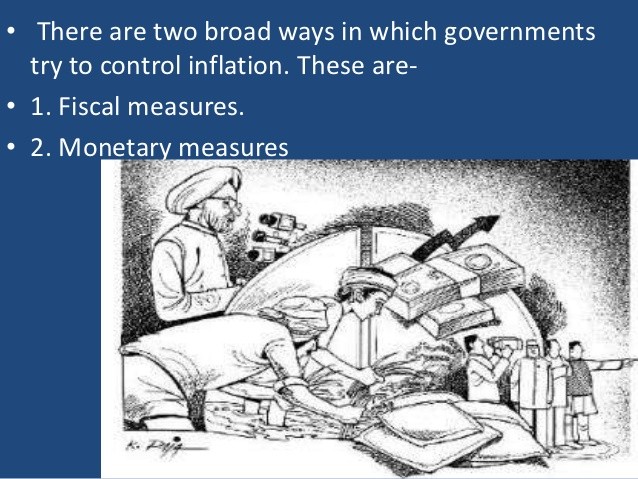Inflation Understanding why it happens and measures to control it
Post on: 16 Март, 2015 No Comment

Inflation: Understanding why it happens and measures to control it
June 22, 2012 finmarketguru No comments
One problem that has troubled the brains of the laymen and economic experts alike is inflation. Moreover, this is something which most of us do not understand correctly and thus it is difficult to deal with.
What inflation is not?
Relative change in prices of goods and services due to changing demand and supply.
What inflation actually is?
Phenomenon in which average price of goods rises over time in a sustained manner for a certain time period.
People have developed policies and techniques to tackle inflation without actually having an insight to what it is and what causes it.
Inflation, being an emotive matter, has given rise to popular resentment in many cases over the years. Even though the knowledge shared here is not intended to influence the policy decisions on controlling inflation directly, but understanding inflation in and out can have disproportionately high returns in the long term.
Inflation in India
India is suffering from an inflationary phase since 2010. The main cause of concern is that inflation has again picked up since Dec 2011 and unfortunately the downward trajectory of the same has been too slow.
For a year before 2010, the inflation was negligible but from March-December 2008 the WPI (Wholesale Price Index) was close to 10%.
Indias highest inflation phase was in September 1974 at 33.3%.
Lessons from the world
German hyperinflation in 1923 was extensively diagnosed and analyzed. It caused a lot of political tensions in nation, lubricating the rise of Nazism, played havoc with the economic conditions of the nation and also led to psychological disturbances throughout.
Huge hyperinflations occurred in more recent times in Latin America. One country that revived itself from mega-inflations and has now stabilized is Brazil, and is now among the well-run economies in the world market.
Brazils hyper-inflation study shows that correlation between growth rate and rate of inflation is relatively less when inflation is below 10%, but at very high rates of inflation it leads to very low economic growth.
US Fed kept controlling its prices by selling and buying government bonds, in effect absorbing money from the market and releasing money into it respectively. But the presence of near monies in the economy has compelled the Fed to change strategies in order to maintain stable prices.














